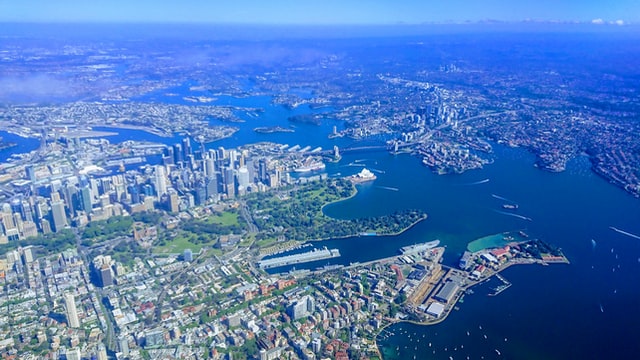
Australia's housing market is expected to end the year strong with a potential 22.7% annual growth in prices, according to the recent NAB Quarterly Australian Residential Property.
NAB Group chief economist Alan Oster said the recent lockdowns in New South Wales and Victoria did not have any material impact on the housing market, which remained resilient despite the sharp decline in population over the past year.
"The market has been well supported by lower rates, the federal government's HomeBuilder program, as well as a range of state government incentives," Mr Oster said.
"Contributing to the strength seen in housing has also been the better-than-expected performance of the labour market despite the significant disruptions to the economy."
However, Mr Oster noted that the rate at which house prices are growing has already slowed recently.
In fact, a recent CoreLogic report showed a 1.5% monthly gain in dwelling prices in September, easing from the peak of 2.8% achieved in March.
On an annual basis, prices have risen by 20.3%, the highest yearly growth rate since June 1989.
Mr Oster said the stability of the market in recent months point to rosy outlook for prices, which is expected to end the year with a 22.7% annual gain, before slowing to 4% in 2022.
"The outcomes in the year to that see Sydney and Hobart prices finish the year around 28% higher, while Brisbane and Adelaide are expected to realise gains in the 20% range," he said.
"Melbourne is expected to record a slightly softer annual gain while Perth will likely see the slowest but still strong growth at almost 15%.
Strong economic indicators
The strong year-end annual gains will be on the back off a robust expectation for the economy.
Mr Oster said the economy is set to rebound over the last quarter of the year, given the busier activity and higher household consumption due to the easing of lockdowns and restrictions.
"The ongoing strength in both business and dwelling investment will also help," he said.
The labour market is also poised to recover. While the year-end unemployment rate is uncertain given the timing of indicators, Mr Oster said it is expected to hit 4.4% by the end of 2022 and near to 4% by 2023.
"This will see wage growth gradually lift, then begin to flow through to consumer price inflation," he said.
"However, the lags are likely to be long and therefore we do not see inflation back within the Reserve Bank of Australia's target band until the second half of 2023."
Given these factors, Mr Oster said an increase in cash rate is unlikely until early 2024.
Still, he said it is crucial to watch the development on the macroprudential front.
Recently, the Australian Prudential Regulation Authority (APRA) hiked the servicing rate for lenders, reducing the debt capacity of borrowers by around 5%.
"While this will not see a large impact on lending or the property market, macroprudential policies are rarely used in isolation," Mr Oster said.
"We remain alert to the possibility of further measures around the turn of the year, likely to the form of high debt-to-income or loan-to-value ratio limits."
—
Photo by Craig Davies on Unsplash.